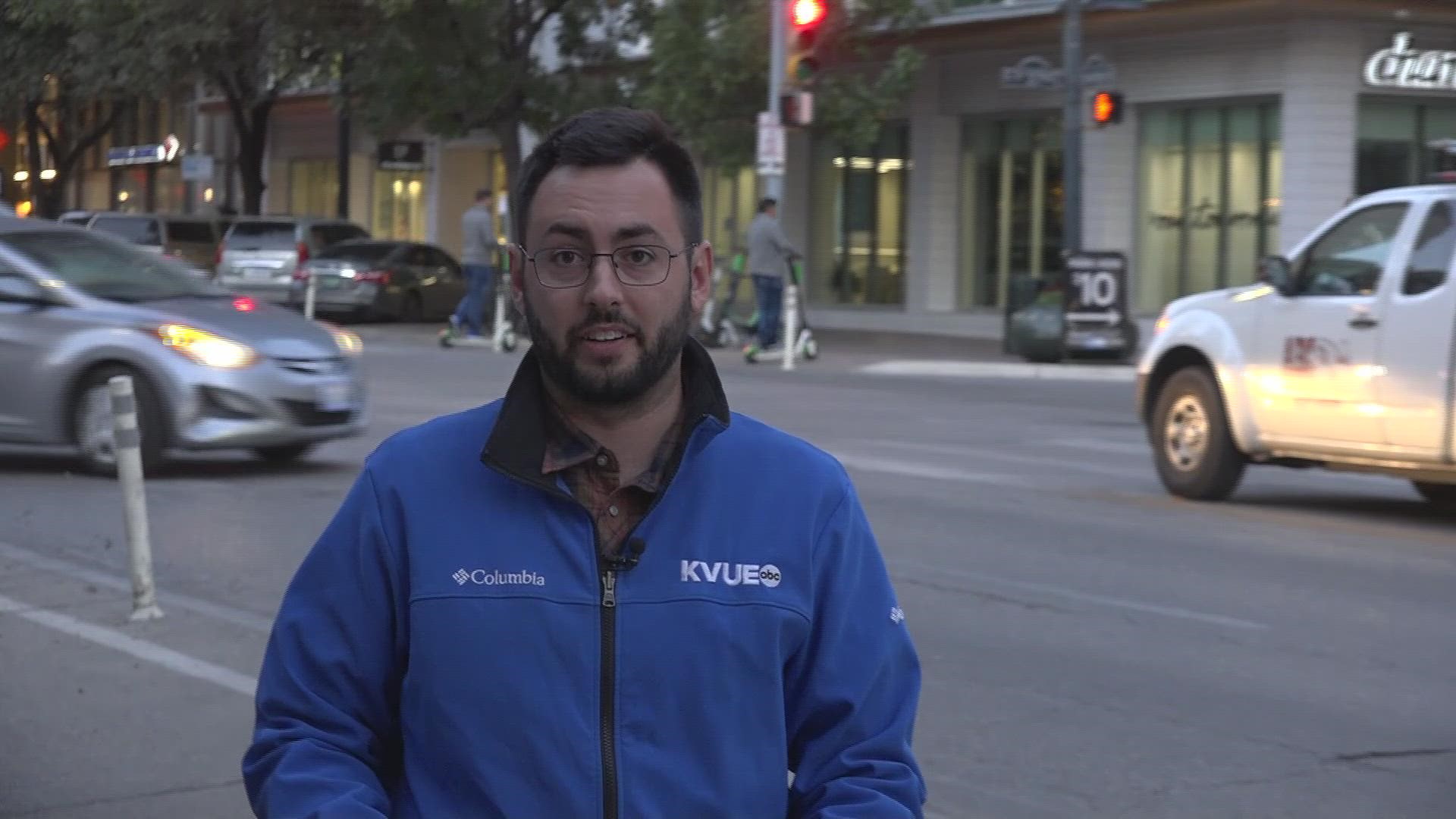AUSTIN, Texas — The Texas Department of Transportation's (TxDOT) Austin district discussed winter weather preparations on Thursday.
The district held a news conference Thursday afternoon to discuss preparations. According to TxDOT, the district conducts exercises to test equipment, check inventory and assess staffing ahead of the winter season.
TxDOT officials opened the press conference advising people to avoid driving in winter weather if at all possible and to drive at significantly slower speeds if anyone needs to travel. Officials also said the department would be using the electronic messaging boards and social media to communicate warnings to the public.
Tucker Ferguson, TxDOT Austin district engineer, said February's winter storm impacted the department in a unique sense that all 25 districts were being stretched at the same time and could not help one another. He said districts will usually send crews to help out but, with this storm, they weren't able to do that.
This February's winter storm left millions without power and water for days and killed as many as 210 Texans. Nearly a year later, more reports are being released detailing just how unprepared Austin and Texas, as a whole, were – and what needs to be done to prevent something similar from happening this winter.
Ferguson said there were 97,000 phone calls made to the department's 1-800 number during the winter storm. Ferguson also said TxDOT has made contingency plans to fortify its own facilities in order to respond more effectively.
Ferguson said TxDOT used about 99,000 gallons of salt brine last season and is prepared to use nearly 144,000 gallons. He said it does not expire, so whatever is not used can be used in the future.
Austin's TxDOT district notably does not have a snow plow in its fleet. When asked about the lack of a snow plow, Ferguson said that the purchase of a snow plow was discussed due to the winter storm, but the district has not purchased one because they are "seldom used" and motor graders, which are already in the fleet, serve the same purpose. He said the motor graders were what they used to clear snow during February's winter storm.
Ferguson noted that the motor graders are equipment used year-round, spreading material on the roads while doubling as snow equipment. He said the district has 16 motor graders ready to deploy at a moment's notice.
A new report by the Federal Energy Regulatory Commission warns that Texans need to prepare for more winter outages in the future. The report recommends winterizing power plants, updating generators and planning ahead to fix power freezes.
The report echoes what local research and audits have found about the response to Winter Storm Uri. In general, the data has shown that Austin-Travis County is unprepared for a similar major winter weather event.
Last week, the City of Austin released an audit showing that the City failed to implement past recommendations and did not communicate effectively with residents in the days leading up to and during the storm. The auditor also came up with 10 recommendations the City should implement moving forward.
Earlier this month, Austin-Travis County leaders also released a report detailing 132 recommendations to "ensure the community is better prepared and better served for the next major emergency." The report noted numerous "key incident challenge areas" where Central Texas was impacted during the winter storm, including food access, water, medical, sheltering, transportation and leadership and coordination.
To avoid rolling power outages in the future, Texas lawmakers also passed bills during the regular legislative session this spring, mandating that electricity operators weatherize their equipment. The Public Utility Commission of Texas ordered operators to have plants weatherized by Dec. 1.
KVUE's media partners at the Austin American-Statesman spent months looking into the deaths attributed to Winter Storm Uri. KVUE's Quita Culpeper recently spoke with one of those journalists about the report and how difficult it was to track down information, although even now there is data that remains incomplete almost a year after the storm.
PEOPLE ARE ALSO READING:

